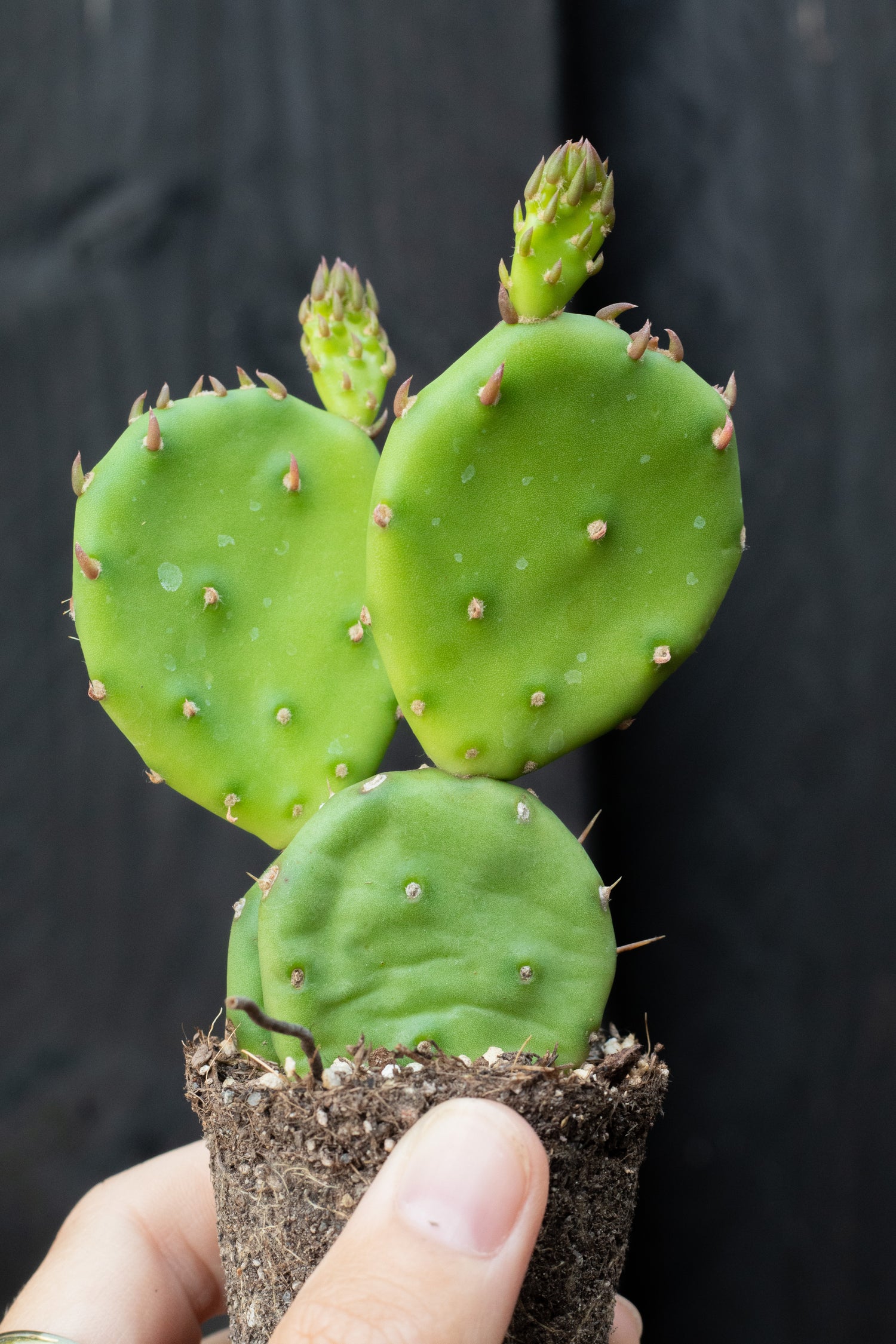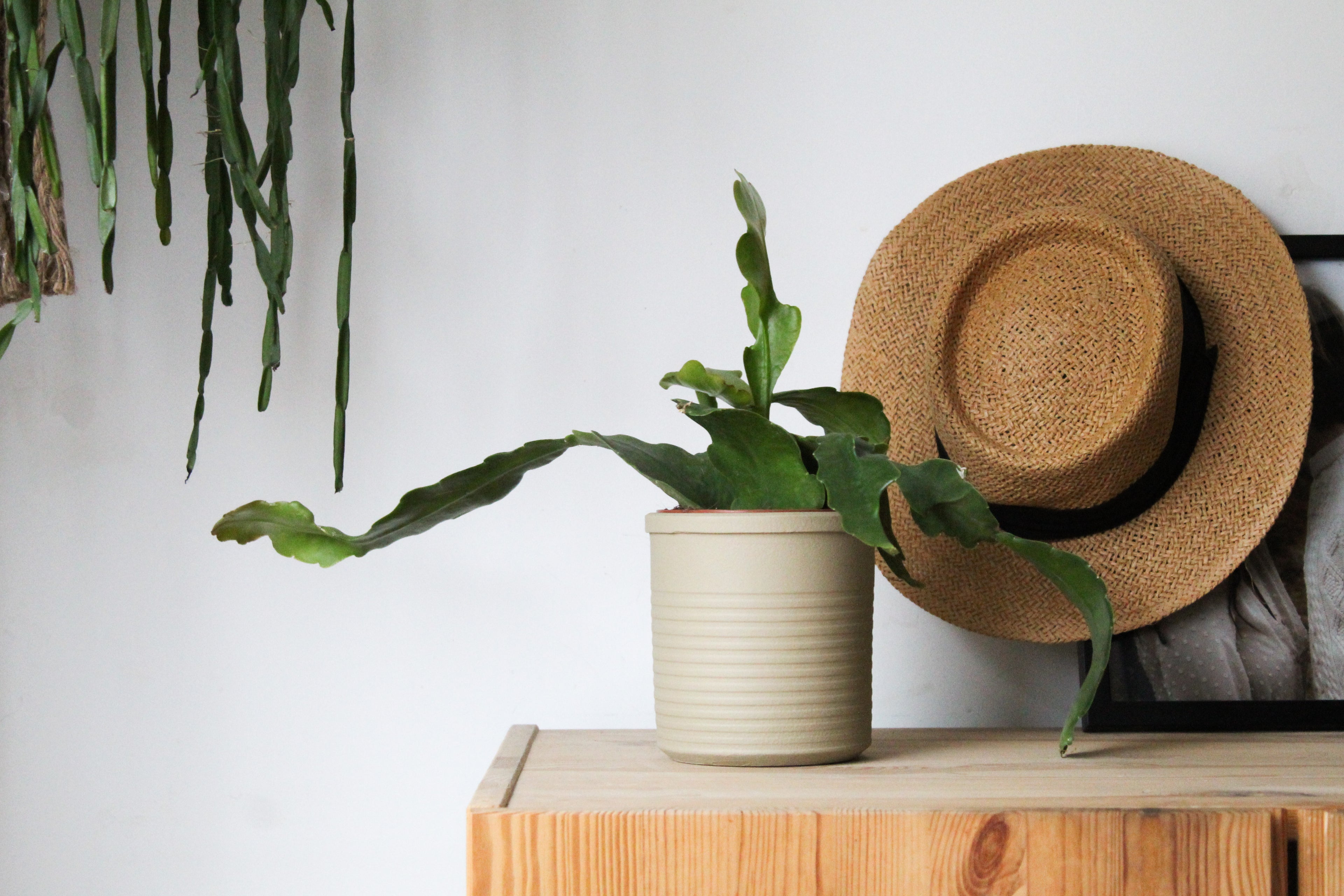Cacti and succulents in autumn
Autumn is a beautiful period when nature prepares for winter. This transition also becomes visible with your cacti and succulents. Growth stops, some succulents drop their leaves just like trees and shrubs, but the care needs of your plants also change during this period. In this blog I will show you how to best care for your cacti and succulents in the fall and what there is to do around your cacti and succulents.
Weather
An important factor in autumn is the weather. While the summer is often warm and dry, the weather becomes a lot more changeable in the fall. If September and October are warm, you still have two full months of growth for your plants. But when the temperature gets colder and it rains a lot and there is little sun, it is wise to reduce the frequency of watering and feeding sooner. But the weather is also important for your cacti and succulents that you have outside. Below I explain how to adjust the different themes to the weather.
Water
Autumn is a transition period in which you often water the cacti and succulents once every 2 weeks at the start, while at the end of autumn this is once a month. When do you switch after once a month? For this we mainly look at the amount of sun that is predicted. As an example, are there still many sunny days in October? Until then, you water once every two weeks, when the weather worsens, you switch to once every 4 weeks.
It is important, especially during this period, that the earth does not remain wet for too long. It is important that the soil is completely dry again after a maximum of one week. Is the soil still wet or moist after one week? Give your cactus or succulent a smaller amount of water next time. This way you reduce the chance of rot.
To intoxicate
Are you unsure whether you should water? Then you can also mist the cactus or succulent during this period. The plant absorbs the moisture with their stomata. In addition, it also helps preventively against spider mites. It becomes active again in the fall. Spider mites do not like the humidity that arises around and on your plant when you mist it. For more information about spider mites you can read our spider blog here.
light
The intensity of the sun decreases sharply as autumn progresses. Even though most cacti and succulents go dormant at the end of autumn, they like to hibernate in light. During this period, place your plants in as bright a place as possible.
Power supply
If autumn is nice, you can still feed your cactus or succulent at the end of September or the beginning of October. This supports growth in the last weeks and ensures that your plants enter their winter rest strongly. Later in the fall we recommend no to provide nutrition. The plants are at rest and often do not need this. If you have a cactus or succulent that you see is not doing so well, you can add nutrition later in the autumn to support its resistance.
Bloom
The flowering period is now over for many of your cacti and succulents. However, there are still some cactus and succulent species that bloom in autumn. As far as cacti are concerned, the Ariocarpus is a real autumn bloomer. When the weather is good, a few Astrophytum species will also bloom. Once your cactus flowers have been pollinated, this is the time when the seed berries are often ripe and ready to harvest.
There are several types of succulents and succulents that bloom in the fall. For many Mesemb species such as Lithops, Conophytum and Pleiospilos, this is the period when they bloom. But many African species such as the Huernia, Orbea, Anacampseres, Adromischus, Crassula, Aloe, Euphorbia and Haworthia species can now flower.
Cuttings
Autumn is not the time for taking cuttings. Cacti and succulents make new roots less easily during this period. We therefore advise against taking cuttings during this period. Do you think it would be fun or would you like to try cuttings in the spring? Then also read our blog about cutting cacti and succulents.
Plants go into dormancy
In the previous themes we have already mentioned that most cacti and succulents go dormant. But what exactly does this mean? During the rest period, growth comes to a standstill. The combustion in the plant decreases. This also changes her water and nutritional needs. The appearance of your plant may also change during the rest period. With cacti you often see that they shrink slightly and the skin becomes wrinkled. This is completely normal and will return to normal in the spring. You can also see the wrinkles on the leaves of your succulents. Just like trees, the leaves of succulent species such as Pachypodium, Euphorbia, Adenium and Monadenium dry up. These will completely or largely fall off this autumn. Don't be alarmed if your plant suddenly does this. Once the leaves are completely dry, you can easily remove them. If you do this when they have not yet dried completely, you may damage the stem of the plant because they are still too tight, so wait a little longer.
Why is your plants dormant period?
From nature, this often has to do with the season and as a survival mode because there is no water for a long period of time. Our cacti and succulents are of course under completely different conditions. But this rest period is certainly important. The light intensity is too low in our winter and there are too few sunny days to maintain good growth. Is your cactus or succulent plant still growing? Then there is a chance that the new growth will be less full and more stretched. But that's not the only reason. Your cactus and succulent also need the rest period to get growth going again in the spring when the sun is more intense again. In addition, the rest period promotes the flowering of your cactus or succulent plant.
Plants that are outside
We recommend that you bring plants that cannot overwinter outside in mid-October. Then the root ball can dry out enough before they go into winter dormancy. Is a lot of rain predicted in the first weeks of October? Then we recommend that you bring them indoors at the end of September. Otherwise the root ball can remain wet for too long and you have a much greater chance of rot.
For frost-resistant plants that overwinter dry (i.e. protected from rain), we recommend paying particular attention to the weather and temperature in September and October. The root ball dries out less quickly on these plants because they do not have the heat from inside the house. And to be able to withstand frost well, the root ball really needs to be grown whole have dried out. As soon as a period of bad weather of a week or more arrives in those months, we recommend immediately applying rain protection or placing them under a roof or on a veranda.
Frost-resistant Agave species are an exception to this. It is best to keep the bottom 3-4 cm of the soil slightly moist during the autumn. Otherwise the roots will dry out too much and you will have a dried out root system in the spring.
Hopefully you have enjoyed reading this blog and can take good care of your succulents and cacti in the fall. If you have any questions about this, you can always contact us.
Would you like to read up on winter care? View our winter blog here.



